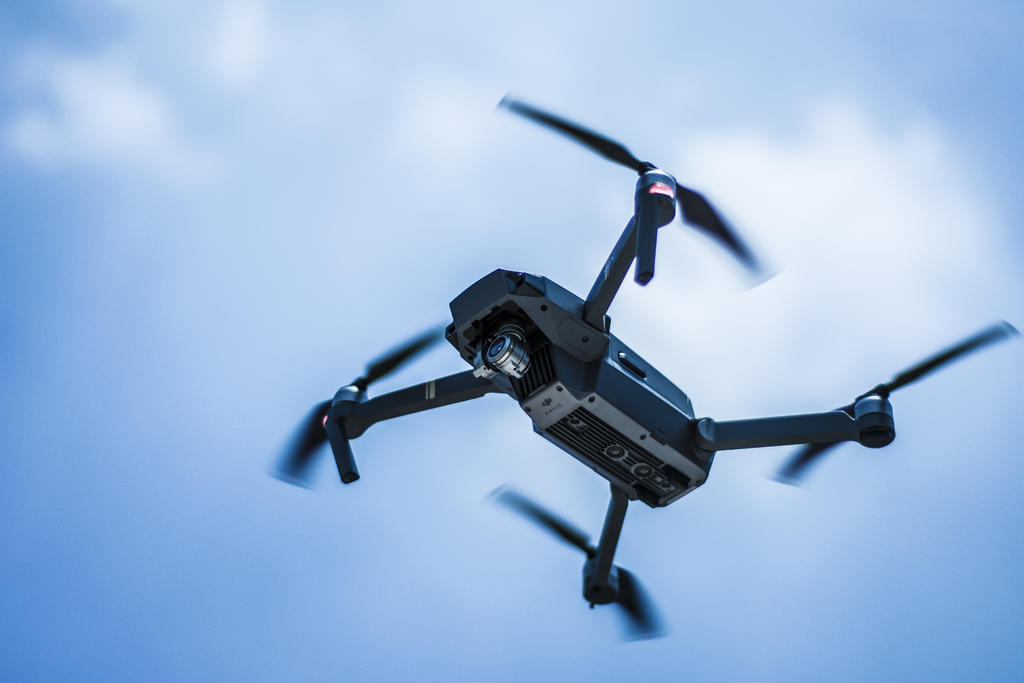Exploring the Evolution and Impact of Heavy Lift Drones
Heavy lift drones have revolutionized various industries by enhancing efficiencies in transport and logistics. These advanced drones are designed to carry substantial payloads, making them indispensable in sectors such as construction, agriculture, and disaster relief. The core element behind their functionality is their ability to perform tasks that were previously considered impossible for standard drones. Unlike traditional models, heavy lift drones come equipped with powerful motors, reinforced structures, and sophisticated navigation systems allowing them to carry heavy equipment or supplies across difficult terrains. Moreover, technological advancements have led to improvements in battery life, enabling longer flight durations vital for persistent operations. Businesses are continually finding innovative uses for these drones, integrating them into existing infrastructures to solve logistical challenges. For instance, construction sites utilize heavy lift drones to transport materials, reducing human workload and enhancing safety by minimizing the time spent in hazardous environments.
The agriculture sector has also been notably impacted by these drones. Farmers use them for precision agriculture, dispersing seeds and fertilizers, and conducting aerial surveys. This application has allowed for more efficient use of resources and improved crop yields. In addition, disaster relief organizations are increasingly relying on heavy lift drones to deliver essential supplies to remote areas quickly, where traditional delivery methods are impractical due to destroyed infrastructure. The key advantage of deploying these drones is their ability to access hard-to-reach locations, offering timely assistance in emergency situations.
Innovations Driving Growth
Another interesting development is the integration of AI and machine learning capabilities into the operation of heavy lift drones. These technologies allow drones to optimize flight paths, predict maintenance needs, and increase situational awareness, ultimately enhancing the efficiency and effectiveness of their missions. Companies are also developing drones with swarming capabilities, where multiple drones work in harmony for simultaneous and large-scale operations, further pushing the boundaries of what can be achieved.
While the potential benefits of heavy lift drones are immense, their adoption is not without challenges. Concerns over regulatory approvals, privacy, and security continue to present hurdles that organizations must navigate. The evolution of drone technology is prompting global regulatory bodies to adapt and develop frameworks that address these issues, ensuring safe and responsible use while encouraging innovation.
A noteworthy trend is the use of drones for aerial cinematography, enabling filmmakers to capture stunning footage that was previously unattainable without substantial equipment and helicopters. This application showcases the versatility and adaptability of heavy lift drones across various domains. As technology continues to evolve, more industries are set to benefit from their capabilities, demonstrating that heavy lift drones are not merely futuristic gadgets but pivotal tools for modern enterprise.
FAQs on Heavy Lift Drones
What is the maximum payload capacity of heavy lift drones? The payload capacity of heavy lift drones can vary significantly depending on the model and its intended use but generally ranges from several kilograms to over 100 kilograms.
The payload capacity of heavy lift drones can vary significantly depending on the model and its intended use but generally ranges from several kilograms to over 100 kilograms.
Are heavy lift drones expensive? The cost of heavy lift drones can be high due to their advanced technology and capabilities; however, improved efficiencies in operations often justify their investment.
How are heavy lift drones powered? Most heavy lift drones are electric, utilizing high-capacity battery systems for power, though some models may employ hybrid or fuel-based engines for extended range.